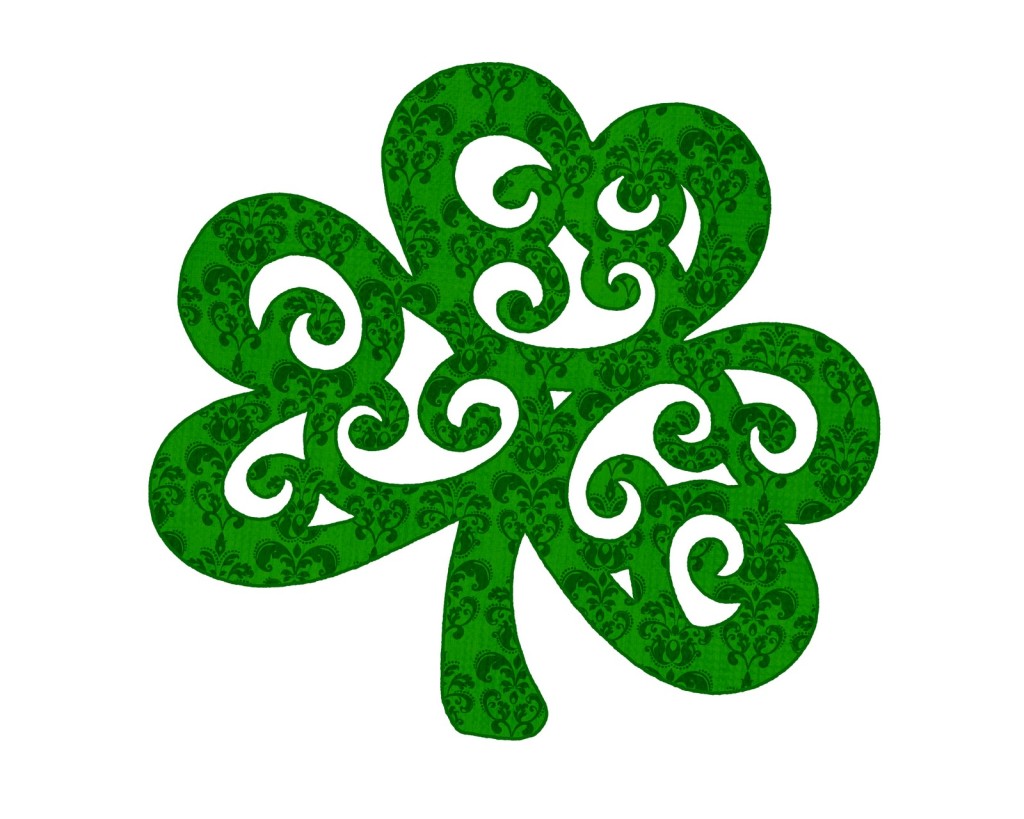No products in the cart.
Heritage
Misconceptions about St. Patrick and Drowning the Shamrock
Misconceptions about St. Patrick and Drowning the Shamrock
17th March is one of the most celebrated Christian days throughout the world, all thanks to one man – St. Patrick. Because of him, it has become customary for people to wear green, drown the shamrock and attend St. Patrick’s Day parades.
What sets St. Patrick aside from other preachers to grace our shores are two documents. The first is his confessio, which is the equivalent of a modern day biography. The second is “A letter written to the Soldiers of Coroticus”, after Coroticus’ soldiers (from Wales) attacked and brutally killed innocent Irish people.
The first mention of these celebrations dates back to the 17th century, in an era where the old Gaelic tribal world was still in existence. All classes were allowed to celebrate the feast day. To distinguish the various classes, the high chieftains wore crosses, while the lower classes wore the three leaf shamrock.
Later, writers such as Jonathan Swift make reference to the feast day. He paid particular attention to the style of crosses made for boys, who wore them on their caps. Girls wore them on their shoulder. Swift also noted that it was extremely important that each gender stuck to their style of cross. Such was the importance of the crosses that it took days for members of a household to make them for the boys. Crosses for the girls were made by older sisters and other women in the household.
There are many misconceptions about St. Patrick and some of the customs mentioned above:
- St. Patrick would have worn blue, as was the norm for people of his rank back in the 5th century. As the centuries went by and green became the Irish national colour, St. Patrick’s garments changed to green to add momentum to the adoption of the new Irish national colour.
- Drowning the shamrock didn’t always mean that people celebrated that custom by drinking the black stuff. At the end of the feast day, people would take off the shamrock they were wearing, put it in the bottom of their cup and drink the contents. They would then throw the shamrock over their left shoulder for good luck.
- It is widely believed that St. Patrick brought Christianity to Ireland; however, there is mention that St. Patrick came to the Island of believers.
St. Patrick built his first Church in Downpatrick, in Co. Armagh, where he is now laid to rest. To this day, people still go and pay their respects to one of the most celebrated Saints in Ireland – and indeed around the world.
Whether you are drowning the Shamrock in the traditional – or modern! – sense, or have a few kids hanging on your shoulders (blue with the cold) watching a parade – we wish you a super St. Patrick’s Day! Beannachtai La Fheile Padraig.

